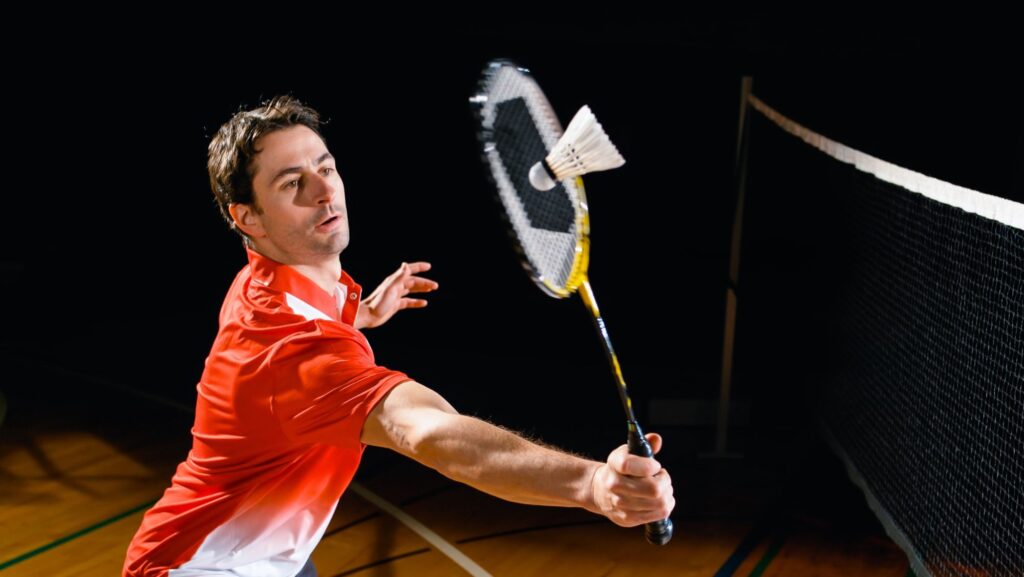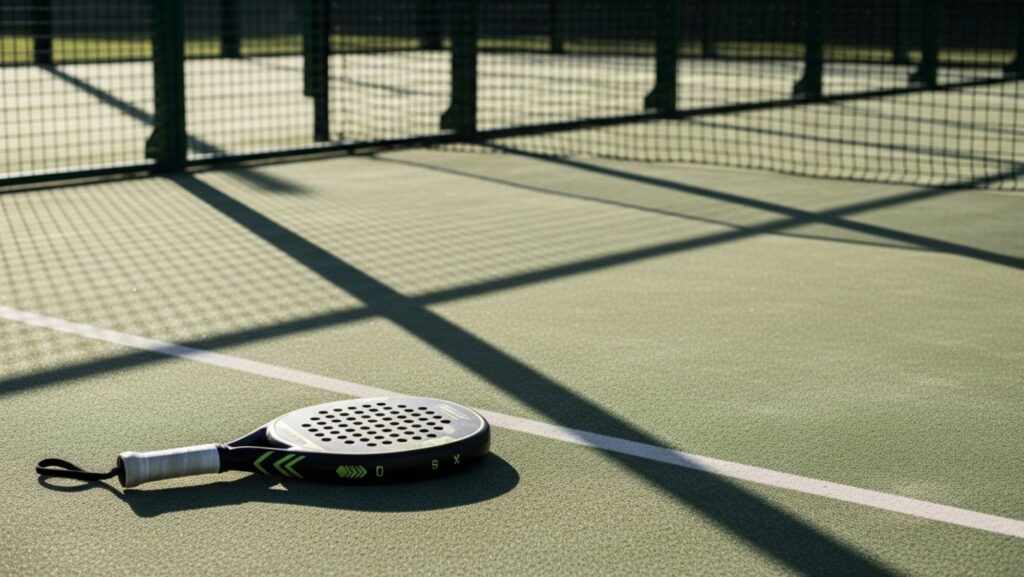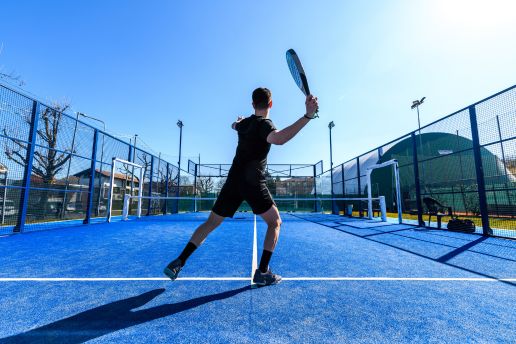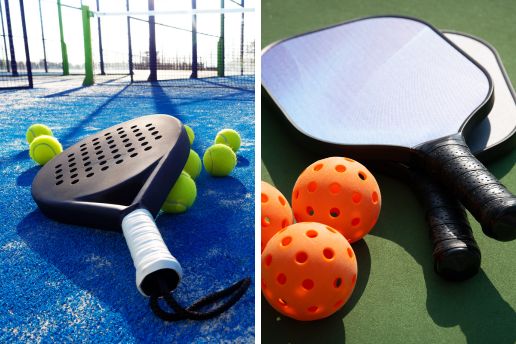
Ready to dive deeper into the exciting world of Padel tennis?
Whether you’re a curious beginner or a seasoned player, our Learn More page is your go-to hub for everything padel.
Explore the many health benefits, get answers to frequently asked questions, and check out helpful blogs and tips to step up your game. From understanding the difference between Padel and pickleball to improving your technique, we’ve got all the insights you need right here.
Health Benefits of Padel
Padel is a dynamic and popular sport that is gaining momentum in the UK. Combining elements of tennis and squash, it is played on an enclosed smaller court with solid, perforated rackets. Padel tennis offers numerous health benefits to individuals of all ages and fitness levels.

Improved cardiovascular fitness
One key advantage of playing Padel is its cardiovascular benefits. The game requires constant movement, which helps to improve endurance and stamina. Regular participation in social Padel sessions or joining Padel clubs can contribute to a healthier heart and improved overall cardiovascular fitness.

Improved muscular strength
Padel also helps to improve muscular strength and endurance. The sport involves using a racket to strike the ball, which engages the muscles in the arms, shoulders, and upper body. The constant movement and quick reflexes required to play Padel also work the lower body muscles, including the legs and core.
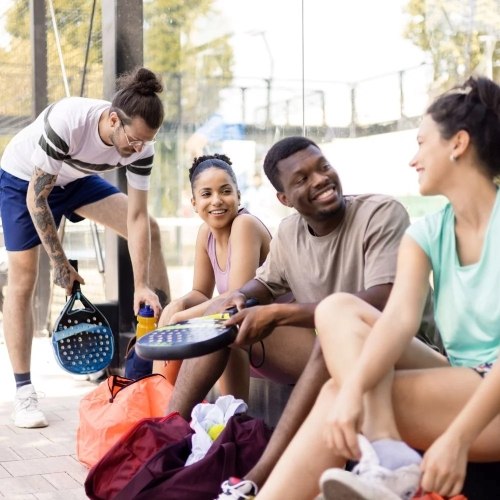
Social interaction
Joining a Padel club or hiring a Padel court with friends or family offers great social interaction and mental well-being opportunities. Playing the sport not only provides a fun and enjoyable experience but also helps to reduce stress and anxiety. Engaging in physical activity releases endorphins, which are known to boost mood and improve mental health.

Easy to learn and play
The smaller court size (compared to a tennis court) and solid walls make it easier for beginners to pick up the sport compared to traditional tennis. The slower pace and shorter rallies allow players to focus on technique and strategy, making it a great option for individuals of all skill levels. Additionally, Padel tennis can be enjoyed by people of different ages and fitness levels, making it a versatile sport for everyone to enjoy.
FAQs about Padel
What is Padel?
Padel, also known as paddle tennis, is a racket sport typically played in doubles on an enclosed court about one-third the size of a tennis court. It combines elements of tennis and squash. The court has walls on all sides, allowing players to use the walls as part of the game strategy.
Who can play Padel?
Padel is a sport that can be enjoyed by people of all ages and skill levels. It is suitable for both recreational and competitive play. The game’s rules and court dimensions make it accessible to beginners while still offering a challenging and engaging experience for more advanced players. Although the courts are outside, they are covered, allowing year-round play.
What equipment do you need to play Padel?
The primary equipment needed for Padel includes:
-
Padel rackets: These rackets are smaller and more rigid than tennis rackets, with a rough surface to provide more spin on the ball.
-
Padel balls: Slightly smaller than tennis balls, Padel balls have a lower bounce and a slower speed, making them easier to control.
-
Non-marking court shoes (optional): To protect the court surface and provide proper traction.
-
Eye protection (optional): Some players choose to wear eye guards for added safety.
Why is Padel becoming so popular?
Padel has seen a significant rise in popularity in recent years due to several factors:
-
Accessibility: The smaller court size and lower-bouncing balls make Padel easier to learn and enjoy for players of all ages and skill levels.
-
Social Aspect: Padel’s doubles format and enclosed courts create a social and interactive atmosphere, making it a great way to socialise and have fun with friends or family.
-
Low-Impact Exercise: Padel provides a full-body workout while being relatively low-impact, making it an attractive option for those seeking an enjoyable way to stay active.

